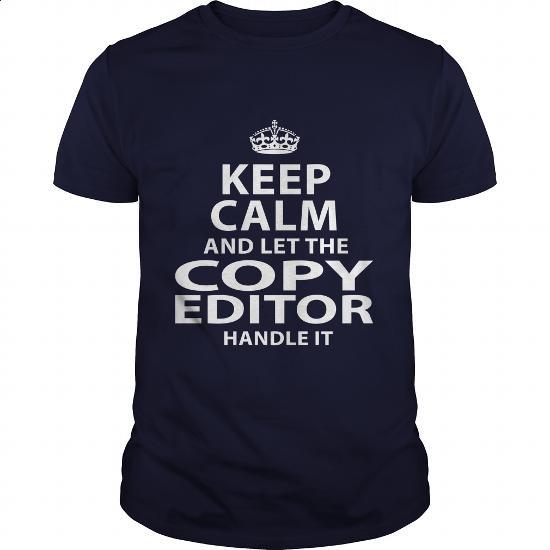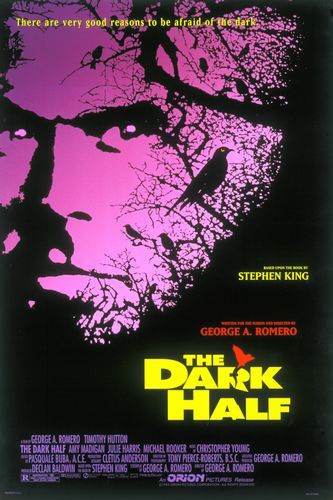
In the last two posts, I’ve discussed beta reading and proofreading and how these processes will enhance the writing in your books and ultimately boost book sales. The more professional and easier to read the content in your book is, the more likely people will buy it, tell others about it, and leave you shiny 5-star reviews—no matter what genre you’re writing in. But in the vast world of fiction, genres like horror, erotica, paranormal, and sometimes sci-fi, can be seen comparatively as “less than” their literary and more “slice of life” type counterparts. If your work falls under any of those (or any combination of those) styles, investing in any one of these three services will do a great service to your book or novel and its subsequent sales.
Going a step beyond beta reading and proofreading, copy editing is far more invasive as a process. It is looking at the construction of the writing, each sentence, to make sure the words within that sentence work well together and to make sure each sentence builds to the next one without being redundant, overly complex, or laden with passive and unbalanced language. Unlike its more simplistic counterparts, copy editing will take on issues with layout, formatting, and developmental continuity (at every level, from running headers to table of contents to lists of figures and images to the color of your protagonist’s hair and the name of their one and only cousin).
Because this process is much more invasive and, in my opinion, more strict, I chose the definition provided by the Society for Editors and Proofreaders. Yes, it is a British source, and it’s an articulate and detail-oriented definition that leaves little to doubt. That’s precisely what I like about it.
Here is how they define a copy editor –
A professional copy-editor begins by checking that the copy is complete. Do the chapter titles and other elements match the list of contents? Are all the illustrations to hand? Is there a list of captions? What system of referencing is required? Are there footnotes or endnotes? Then the editor cleans up a copy of the document, fixes page set-up, spacing and fonts, cuts unwanted formatting, creates a stylesheet and starts to identify problems.
Working through the material, the copy-editor corrects errors in spelling, punctuation, grammar, style and usage, but also very long sentences and overuse of italic, bold, capitals, exclamation marks and the passive voice. They correct or query doubtful facts, weak arguments, plot holes and gaps in numbering. In fiction, they also check that characters haven’t changed their name or hair colour, look for sudden changes from first to third person and monitor the timeline, among other things.
And, here is how they define copy editing –
Copy-editing takes the raw material (the ‘copy’: anything from a novel to a web page) and makes it ready for publication as a book, article, website, broadcast, menu, flyer, game or even a tee-shirt.
The aim of copy-editing is to ensure that whatever appears in public is accurate, easy to follow, fit for purpose and free of error, omission, inconsistency and repetition. This process picks up embarrassing mistakes, ambiguities and anomalies, alerts the client to possible legal problems and analyses the document structure for the typesetter/designer.
One of the things that beta reading, proofreading, and copy editing seem to have in common is that they all look at the “larger” and “smaller” elements of the document simultaneously. It then becomes a matter of who fixes what and when. If you are pursuing the craft and services of a copy editor, it is most likely you have not published your book yet and it has not been under a proofreader’s loving gaze. You may copy edit before you select a beta reader, but you don’t necessarily have to. Especially, if you can find a beta reader who copy edits. (Or, a professional reader who does all three…)
Having a clear understanding of what a beta reader, proofreader, and copy editor bring to your document will help you select the right services for your document—no matter which stage of the game you are in. The great thing, in this quick-pub age, is that you can now, technically, perform these services at any stage of the game. However, knowing how hard it is to delete stuff off of the Internet, it may be a good idea to be more proactive, take some time, and get your manuscript edited before you publish.



